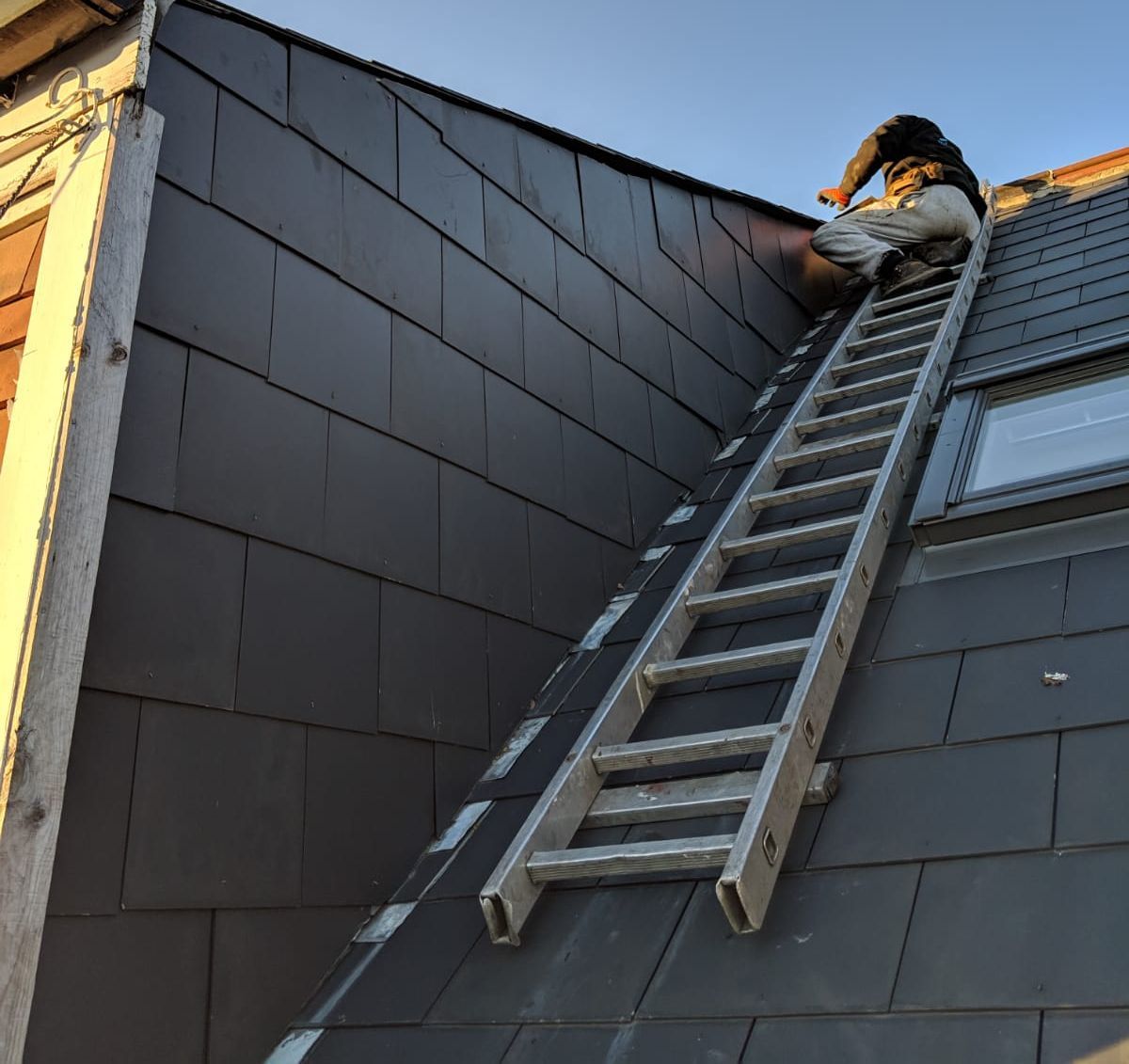How to Spot Roof Damage Before it Becomes a Bigger Problem
Spotting signs of roof damage early helps you address issues before they escalate. Here’s a guide to help you inspect your roof and safeguard your home.

Roof damage doesn’t just stay on the surface; a small crack or loose tile can quickly escalate, leading to water leaks, dampness inside your home, energy loss due to poor insulation, and even structural damage from prolonged exposure to the elements.
Addressing issues early is essential to avoid these costly consequences.
Knowing when to inspect your roof is essential for maintaining its condition and preventing costly repairs. After severe weather, such as high winds, heavy rain, or hailstorms, it’s crucial to check for immediate damage.
Regular seasonal inspections, ideally in spring and autumn, can help identify wear and tear before it worsens. Additionally, conducting a thorough roof inspection before selling or buying a home ensures there are no hidden surprises, making the process smoother for all parties involved.
If you spot damage on your roof, it’s important to act quickly and responsibly. Start by documenting the damage with photos, which can assist with insurance claims or provide useful reference material for your roofing contractor.
TIP:
Avoid attempting DIY repairs, as these can be unsafe and might make the problem worse. Instead, call a professional to handle the issue properly. Remember, the longer damage is left untreated, the more extensive and expensive the repairs are likely to become.
Common Warning Signs of Roof Damage
Below are some of the most common warning signs that your roof may need attention.
1. Missing or Damaged Tiles
Tiles protect your roof’s structure. Missing, cracked, or broken tiles leave it vulnerable to water ingress.
2. Leaks or Water Stains
Water spots on your ceiling or walls often point to a leak in your roof. Check your attic for dampness or visible holes.
3. Sagging Areas
A sagging roofline may indicate structural damage or trapped moisture weakening the framework.
4. Moss and Algae Growth
While moss may seem harmless, it retains moisture, which can damage your roof over time. Algae streaks, often black or green, are another sign to watch out for.
5. Damaged Flashing
Flashing seals roof joints and prevents water from seeping in. Bent, cracked, or corroded flashing needs immediate attention.
6. Gutter Blockages
Debris like leaves or pieces of shingles in your gutters could indicate roof damage. Blockages also lead to water overflow, which can harm your roof's edge.
Roof Inspections

When conducting a basic roof check, the best place to start is on the ground level with a check around the perimeter of your property. By walking around the outside of your property you can view the gutters, soffits, plastic fascias, and check for missing tiles.
It's also a good idea to inspect the interior of your home, regardless of whether you can see any visible signs of damage on the outside.
Look into your attic space for signs of water - wet insulation and mould are signs of a problem. Make sure to also check the ceilings within your property (top floor for houses with multiple storeys) for water stains or peeling paint.
Whilst some property owners may feel confident enough to go onto a roof themselves, you're best off hiring a professional roofing contractor to carry out an inspection of the property. A minor problem may be a major problem in disguise, and having a professional contractor on hand will ensure the job is done in a timely fashion.
TIP: Get multiple quotes from a range of contractors to find the best value. Consider factors such as company reviews and warranties on their work.
Spotting roof damage early is essential to protecting your home and saving money in the long run. Regular inspections and prompt repairs can keep your roof in top condition and prevent minor issues from turning into major headaches.
Need help inspecting or repairing your roof?
A. Armstrong Roofing offers professional services across North-East England. Contact us today for a free call back!


